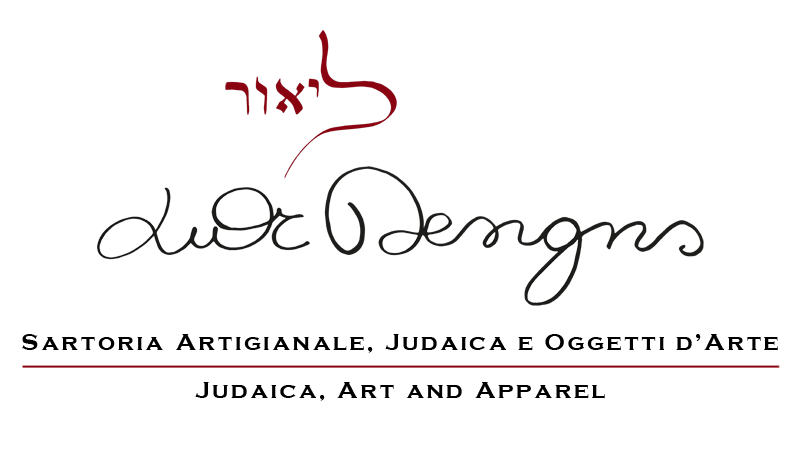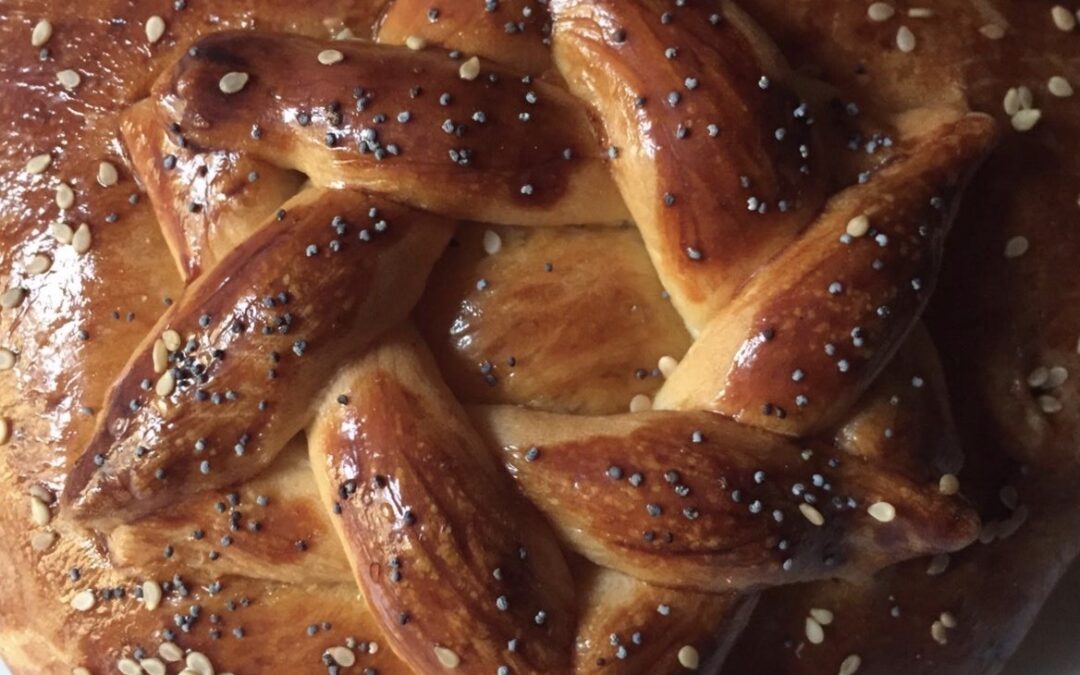I am gratefully reposting - because translating it into Italian - this article by Yehuda Shurpin, from Chabad.Org 3/1/23, part of Ask Rabbi Y., a weekly column with fascinating question and answer that will enrich our knowledge. When I was a girl I dreamed to study to become a translator, so here I am thinking of living this passion with the aim of making the most of my English sources for my Jewish studies.
” Technically, the Shabbat meal and Yom Tov meal can be started with any two whole loaves of kosher bread. In fact, the word Challah simply means "loaf" in Hebrew. However, the long-standing Jewish custom is for these breads to be braided.
The Twelve Loaves of the Temple"
In the hymn sung by many during the Shabbat meal and composed by the great mystic Rabbi Yitzchak Luria, known as the Arizal, we read:
May the Shechinah (Divine Presence) be surrounded by the six loaves on each side (of the table), and may they correspond to the two sets of six loaves and the other articles (of the Holy Temple)
In other words, we are praying that our 12 loaves of challah evoke the 12 showbreads that were placed on the Table (Shulchan)in the Holy Temple.
Some people make a point of placing 12 breads on their Shabbat table or using a "pull-apart challah" made of 12 mini rolls. But most of us have just two loaves - so how do we arrive at the number 12?
The challah loaf is generally oblong, resembling the Hebrew letter vav, which has the numerical value of six, so the two loaves would equal 12. Many also braid each challah loaf with six strands, also bringing the total to 12.
 Since the 12 showbreads were replaced every week on Shabbat, the custom to use oblong or braided challahs applies to Shabbat, whereas during the holidays there are various different customs. For example, during the High Holidays, round challah is preferred. (In this pic are my challot and in the big pic a detail of my 'Magein David challah' that I baked on last Yom Ha’atzmaut)
Since the 12 showbreads were replaced every week on Shabbat, the custom to use oblong or braided challahs applies to Shabbat, whereas during the holidays there are various different customs. For example, during the High Holidays, round challah is preferred. (In this pic are my challot and in the big pic a detail of my 'Magein David challah' that I baked on last Yom Ha’atzmaut)
Since bread is commonly eaten together with either meat or dairy, Jewish law forbids either meat or dairy ingredients to be placed into ordinary loaves of bread, as a precaution. This applies even if one is planning to eat the dairy bread with dairy foods or the meat bread with meat foods, since there may be leftovers. There are some exceptions, however, and meat or dairy may be mixed into bread if either a) the loaves are very small and there is no fear of leftovers, or b) they are made in a unique shape and will be immediately recognised as either meat or dairy.
Since challah bread for Shabbat was regularly baked in the oven together with meat (and sometimes even flavoured with fats), people would braid them, so that they would be visually different from parve bread (containing neither milk nor meat, the way I personally make challah) which may be eaten with both meat and diary. But, since it has become common to bake braided challah without meat ingredients (perhaps based on the other reasons listed here), braiding would no longer be a solution to bake an actual meat challah.
The sages explain that the Shabbat day meal is to be more honored than the night meal. As such, some (not everybody!) have the custom to only use braided challah for the day meal, honouring it with this unique form of bread.
There are some who don't braid the challah at all, and rather shape it into rectangular loaves, which evoke the vav in G-d's name, יהוה. As the mystics explain, the small piece of challah that we first cut off after the Hamotzi symbolizes the small letter yud, and the two hands (each with five fingers) holding the challah bread correspond to the two heis (each numerically equivalent to five), completing G-d's name.
In the merit of honouring the Shabbat, may we merit the "great Shabbat" with the coming of Moshiach!”



